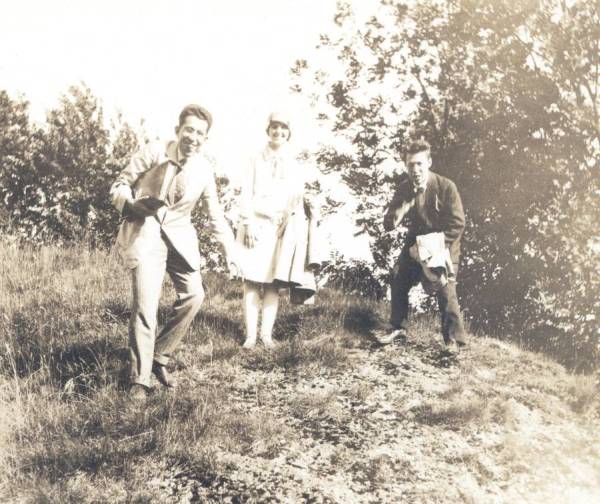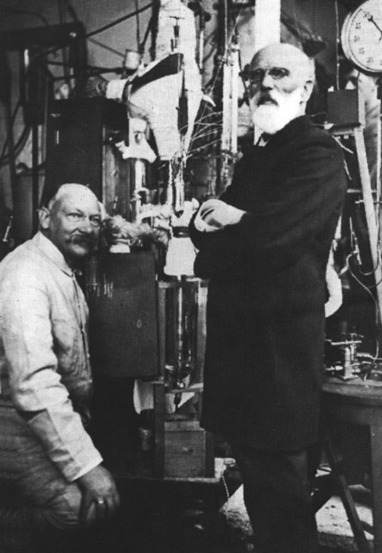|
|
|
Who are London and van der Waals ?Van der Waals' and London's theories are widely accepted nowadays, their combination illustrates how the "new physics" (quantum physics used by London) solved long lingering problems that classical physics could by nature not solve (van der Waals approach of the condensed phase and Debye-Keesom's theory inadequacy to explain Xe ability to form a condensed phase). If some effects could be treated satisfactorily by classical physics (Debye and Keesom effects), London's approach of bonding by the use of quantum physics is a significant disruptive move that was widely recognized only a few years after his demise in 1954 and gained wide acceptance later on. Pauling's move to popularize quantum chemistry and develop a refurbished view of the valence theory by spreading the notions of molecular orbital interactions among chemists did not allow to broaden the acceptance of London's theory among chemists. It is rather recently, with the development of the density functional theory and its broad use by chemists to investigate chemical bonding under new lights that London's views regained interest among theoreticians and experimentalists. Quite interestingly both van der Waals and London started their professional lives as high school teachers before moving to the university to get a degree and dedicate their lives to academic research. They both made decisive professional moves in periods shaken by intense scientific debates about the nature of cohesion in matter, which surely stirred their curiosity.
http://scarc.library.oregonstate.edu/coll/pauling/bond/audio/1963v.6-london.html London's theory explained by L. PaulingClipCreator: Linus Pauling
Full WorkCreator: Linus Pauling, Helmut Krauch Date: 1963
"In his doctoral dissertation at Leiden, published in 1873, Van der Walls modified the ideal laws to take into account the space occupied by molecules, and the fact that real molecules, unlike ideal points, do attract and repel each other. He was also able to show that the transition from liquid to gas is a continuous transition, not an abrupt, discontinuous one." https://www.lindahall.org/about/news/scientist-of-the-day/johannes-diderik-van-der-wals https://history.aip.org/phn/11811009.html
|




